Executive summary
We found no credible or official evidence that the Federal Government (through NNPC Ltd / MOFI / MOPI) has approved or is in due process to sell 25–35% of the Federation’s equity in the RAEC (ex-SPDC) JV, the Oando/NAOC JV, or the Seplat (SEPNU) JV to the specific private buyers named in the viral statement. The names and percentages appear to be unsubstantiated and are being repeated primarily by blogs and social posts—not official notices, not regulators, not company filings for authenticity as required by law.
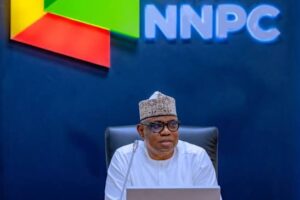
What is actually happening: Recent, well-documented transactions involve IOCs divesting their own positions (Shell → Renaissance; ExxonMobil MPNU → Seplat) while the Federation’s legacy JV shares (typically 55–60% via NNPC) remain intact unless and until government formally divests—which would require regulatory processes and public documentation.
PIA “amendment” claim:
We found commentary criticising a purported amendment, but no published bill text from the FGN setting out changes to “sections 8, 9, 53, 63, 64, 85.” By contrast, there is an official Executive Order (2025) signed by President Tinubu introducing cost-efficiency incentives for upstream operations—not a PIA amendment.
1) What’s verifiable about the named JVs
a) RAEC (ex-SPDC) JV
Facts :
Shell completed the sale of its onshore company (SPDC) to Renaissance Africa Energy Company (RAEC) in March 2025. This passed control of Shell’s 30% JV stake to Renaissance. The Federation’s legacy 55% (via NNPC) in the SPDC JV did not change as part of that Shell→Renaissance deal. Partners remain the classic structure: NNPC 55% / Renaissance (ex-Shell) 30% / TotalEnergies 10% / Agip 5%.
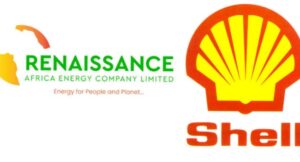

Claim checked: “FG selling 25% out of its 55% to Sterling Global Oil.” We found no regulator notice, no NNPC/MOFI/MOPI disclosure, no credible press report to support this. The “Sterling Global Oil” reference appears only in activist/blog posts; there’s no official confirmation of such a transfer.
b) Oando / NAOC JV
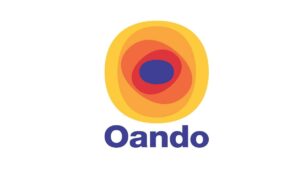
Facts :
Oando completed the acquisition of 100% of Eni’s NAOC Ltd in 2024, raising Oando’s participating interest in OMLs 60–63 from 20% to 40% in the NEPL/NAOC/Oando JV, where NNPC/NEPL holds 60%. This deal did not sell Federation equity; it was a vendor (Eni) exit and a change in the non-state share.
Claim checked: “FG selling 25% of its 60% to Oando.” No evidence. The public record shows the opposite direction: Oando bought Eni’s stake, with NUPRC consent. Federation equity (60%) remains with NNPC/NEPL unless an official divestment process is announced.
c) Seplat / SEPNU (ex-MPNU) JV
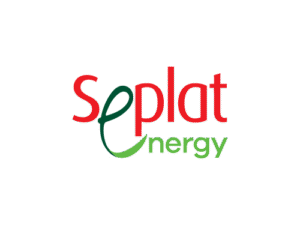
Facts :
Nigeria approved the $1.28bn sale of ExxonMobil’s MPNU onshore/shallow-water business to Seplat; the business has since been renamed Seplat Energy Producing Nigeria Unlimited (SEPNU). This again is an IOC divestment, not an FG share sale.
Claim checked: “FG selling 35% of its 60% to a company owned by Gilbert Chagoury.” There is no official source corroborating an ongoing or completed sale by the Federation of a 35% stake in any JV with Seplat.
Context: The PIA (2021) corporatised NNPC into NNPC Limited, with ownership held by MOPI and MOFI (the two “corporations sole” that hold government shares). Any federal divestment of JV equity would typically require regulatory consent (NUPRC), board/government approvals, and formal notices. None of those exist for the specific disposals alleged.


2) On the alleged “PIA amendment” (sections 8, 9, 53, 63, 64, 85)
We located op-eds decrying a “proposed amendment”, but no officially gazetted bill or point-by-point government text detailing amendments to those specific sections. That makes the circulating list unverifiable at this time.
What is official and recent: in April/May 2025, President Tinubu signed the Upstream Petroleum Operations (Cost Efficiency Incentives) Order, 2025, which introduces tax/performance incentives and streamlines contracting to lower project costs—this is an Executive Order, not an amendment to the PIA statute.
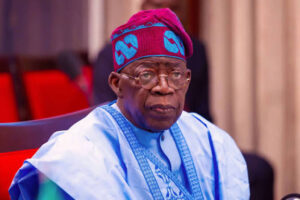
3) Why the rumours gained traction (and how to address them)
Multiple real divestments by IOCs (Shell, Exxon, Eni) over 2023–2025 created a fog of headlines, and some actors conflated IOC exits with FG selling its own JV equity.
Blog/activist sources amplified specific names (e.g., “Sterling Global Oil,” “Chagoury firm”) and exact percentages without official documents. In the absence of timely government communication, speculation filled the gap.
4) Historical and comparative perspective
Nigeria’s JV structure (legacy onshore/shallow water): the Federation (NNPC/NEPL) typically holds 55–60%, with private partners holding the rest (e.g., the classic SPDC JV: 55/30/10/5).
Such State-dominant Structures don’t change silently; they require formal approvals and usually attract market-moving coverage.
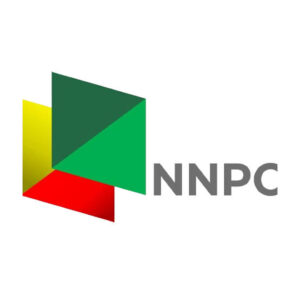
Global practice:
When governments do sell down State Oil Stakes, they announce it (often to raise capital, improve governance, or crowd-in investment) and structure the deals with Parliamentary or Regulatory oversight to preserve Energy Security and Public Trust. The absence of such a trail in Nigeria for these specific claims is apparent.
5) Practical Recommendations.
(good governance & communications)
To government (Presidency, MOPI, MOFI, NNPC Ltd, NUPRC):
1. Issue a single, consolidated note clarifying (a) which asset sales/divestments are vendor-led IOC transactions vs. (b) any FG equity sales under consideration; include current Federation % holdings by JV.
2. Publish a transaction-disclosure protocol: if FG equity is ever to be sold, commit to pre-announcement, outline selection criteria, valuation methods, pre-emption rights, and NUPRC consent steps.
3. Create a live “Divestment/Due-Process Dashboard” on NNPC/MOFI sites with status, milestones, and contacts; this reduces rumour cycles. (MOFI already hosts a National Asset Register initiative—expand it to include JV equity status.)
4. On the PIA debate, differentiate clearly between Executive Orders (operational tweaks) and any legislative proposals (amendments). If amendments are contemplated, publish the draft bill and invite stakeholder comments before FEC/Assembly processes.
To the Public & Media:
Verify against regulators and principals (NUPRC, NNPC Ltd, company press rooms) before amplifying sale numbers. Shell→Renaissance and Exxon→Seplat are company divestments; FG equity was not the subject of those deals.


6) Conclusion
The core allegations—that the government has secretly decided to sell 25–35% of the Federation’s JV shares in RAEC, Oando/NAOC, and Seplat/SEPNU to the named private buyers—are not supported by official records or credible reporting. They appear to conflate legitimate, publicly documented IOC divestments with a non-existent FG equity sale.
On policy direction, President Tinubu (as Minister of Petroleum Resources) has legitimate authority to adjust the operating environment. The 2025 cost-efficiency Executive Order is a concrete example; no binding PIA amendment has been published that matches the viral claims. Transparency and timely communication will best inoculate the space against political spin.
Princess G. Fraser. MFR.
Ceo, Fraser Consulting Consortium.
(International Consultants)
Founder, The National Patriots.




